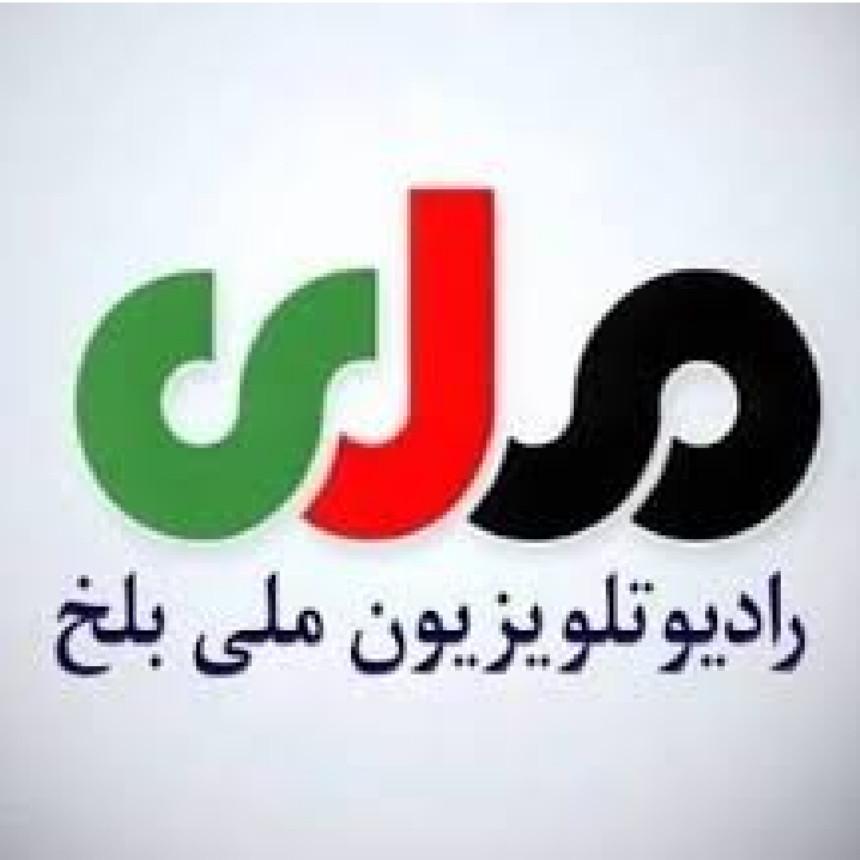RASC News Agency: Local sources confirm that Afghanistan’s National Television in Balkh Province has been forced off the air under the latest repressive directive from the Taliban. According to insider accounts, Mullah Mohammad Yusuf Wafa, the Taliban-installed governor of Balkh, ordered the suspension of all programming on the evening of Tuesday, September 9, effectively silencing one of the few remaining channels available to the public.
Documents leaked to media outlets suggest that the shutdown was carried out following coercive pressure from the Taliban’s so-called Ministry for the Promotion of Virtue and Prevention of Vice an institution that has become the primary apparatus for censorship, intimidation, and the systematic erasure of civil liberties. As a result, more than twenty staff members of Balkh’s state broadcaster have been dismissed overnight, left without income or protection, their professional futures pushed into uncertainty.
This latest assault on the press is not confined to Balkh. Similar closures and restrictions have been executed across multiple provinces, with Taliban authorities banning the display of images of living beings in at least seventeen regions. The measure has crippled not only the state broadcaster but also forced several private television stations into paralysis or complete collapse, denying Afghanistani citizens any semblance of media plurality.
The Taliban’s draconian “virtue” codes, which explicitly prohibit the broadcast of live images, are designed not to uphold social order, but to suffocate free thought and extinguish cultural expression. These regulations have shrunk the already fragile space for free speech into near nonexistence, pushing Afghanistan into one of the darkest media environments in the world.
Since seizing control in 2021, the Taliban have unleashed an unrelenting campaign against the press: dozens of television and radio outlets have been shuttered, journalists have been harassed, beaten, or driven into exile, and those who remain are forced to practice self-censorship under constant threat. The ban on broadcasting live imagery represents not merely a restriction but the wholesale dismantling of visual journalism, a deliberate effort to prevent citizens from witnessing reality beyond the Taliban’s propaganda lens.
Media rights defenders argue that these closures are part of a calculated Taliban strategy to monopolize information, weaponize silence, and impose an intellectual blackout across the nation. International watchdogs have repeatedly condemned these moves, warning that freedom of expression in Afghanistan is not merely under siege but has already been dismembered. In the words of one Kabul-based journalist who spoke anonymously for fear of reprisal: “The Taliban have not only taken away our jobs they have stolen our voice, and with it, the people’s right to truth.”
The enforced blackout of Balkh’s National Television is thus not just an attack on journalists, but on Afghanistani citizens themselves. By erasing independent reporting, the Taliban seek to erase accountability, isolate communities, and keep an entire population locked in ignorance. What remains of Afghanistan’s once-vibrant media is suffocating under an authoritarian grip that brooks no dissent and tolerates no truth.






